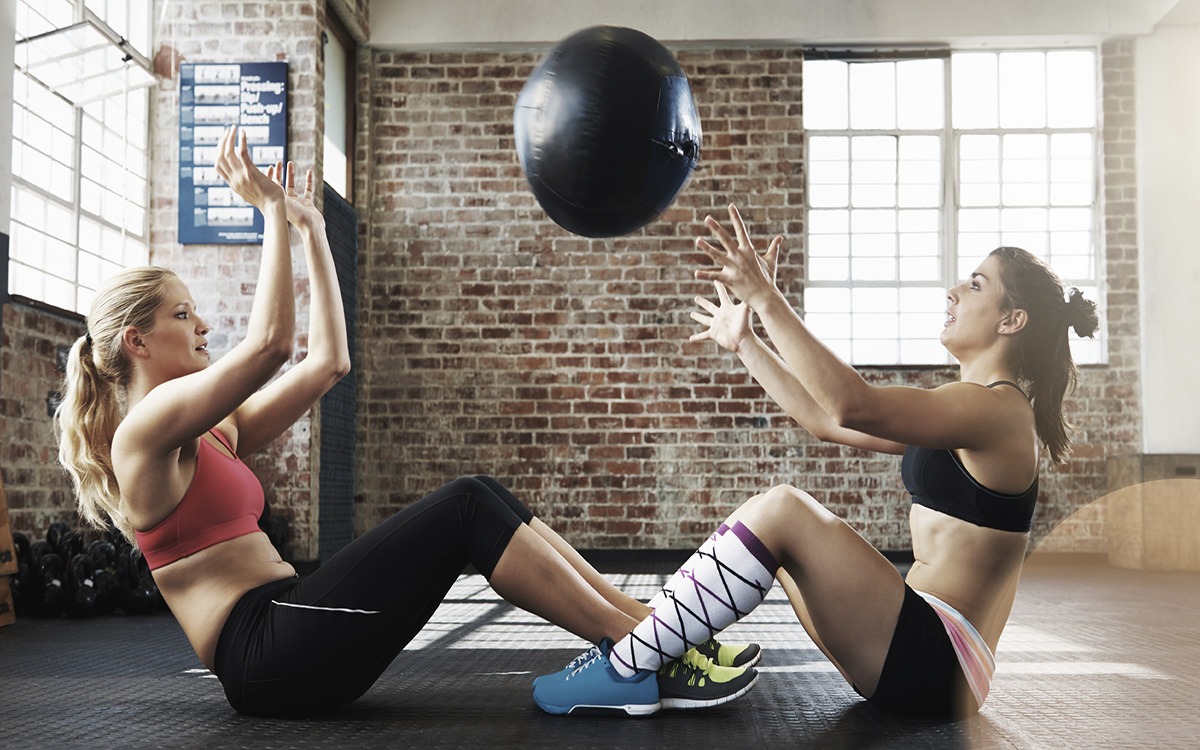Mulligan's Lower Quadrant

PLEASE NOTE THIS COURSE HAS BEEN CANCELLED FOR THE NEAR FUTURE AS MARK WAS INVOLVED IN A SERIOUS MVA AND IS RECOVERING.
This 2-day practical course focused on the Lower Quadrant, provides clinical reasoning strategies and detailed instruction on the unique examination and treatment techniques developed by New Zealand physiotherapist Brian Mulligan. See Mulligan's Upper Quadrant course. Participants must be registered as a physiotherapist, chiropractor, osteopath or medical practitioners with AHPRA.
Presented by Mr. Mark Oliver (certified Mulligan concepts teacher), Mark has presented Mulligan courses for more than 30 years and assisted Brian on his courses throughout the world on numerous occasions. Mobilisation with movement is one of the most popular approaches physiotherapists use to treat neuromusculoskeletal conditions. The approach is easy to learn and integrate into existing examination and treatment models. There is a large body of research validating the Mulligan concept.
The Lower Quadrant course includes:
- MWM techniques for the foot, ankle, knee, and hip regions
- SNAGS for the lumbar spine region.
- Examination and treatment techniques for lumbar neural elements
- Treatment of muscular and soft tissue elements, including calf and tendo-achilles injuries and hamstring injuries.
This approach is easy to learn, appealing to experienced and inexperienced clinicians alike and can be quickly integrated into existing examination and treatment models.
Learning Outcomes
- At the completion of this course, participants should have a good understanding of the Scandinavian concept of joint mobilisation.
- At the completion of this course, participants should have a basic understanding of the Mulligan concept of mobilisation with movement and the clinical reasoning process it is based on.
- At the completion of this course, participants should have a basic understanding of the “Pain Release Phenomenon” (PRP) concept and be able to perform PRP techniques to structures of the lower limbs and lumbar spine.
- At the completion of this course, participants should be able to perform basic mobilisation with movement and self – mobilisation with movement treatment techniques to joints of the lower limbs and lumbar spine.
- At the completion of this course, participants should be able to perform NAGs and SNAGs to the lumbar spine.
- At the completion of this course, the participant should be able to perform spinal mobilisation with leg movement techniques.
- At the completion of this course, participants will be aware of the current research and publications related to the Mulligan concept.
Participants are required to;
- Have a sound knowledge of human anatomy and biomechanics
- Be fully aware of the contraindications to manual therapy and adhere to appropriate examination and treatment guidelines
- Comply with the most important Mulligan Concept guideline: When applying a Mobilization with Movement (MWM) technique, if you take up the slack and it is painful, DO NOT PROCEED
- Possess competent handling and communication skills, to facilitate patient compliance with instructions
- To treat other participants with the same care and respect accorded to patients
- Take personal responsibility for any conditions you may have that might be exacerbated by practising manual therapy skills: INFORM YOUR FELLOW PARTICIPANTS

Mobilisation With Movement made simple!
- Identify symptomatic or dysfunctional movement or activity
- Apply and sustain pain-free mobilization forces
- With the mobilization forces applied and sustained, repeat the symptomatic movement or activity
- If the movement is then PAIN-FREE, repeat the activity three times and at the end of each movement, apply end-of-range overpressure.
- When the symptomatic movement is re-tested, there should be a significant lessening of pain and improvement in movement
- Depending on the presentation and response to treatment, the MWM can be repeated, modified, and progressed/integrated into self-treatment techniques and functional exercise.
Mobilisation With Movement
- Combines passive mobilization with active movement
- Performed in weight-bearing positions if possible and if indicated
- A "no pain" guideline is used as a basis for sound clinical reasoning in examination and treatment
- Clinically facilitates normal muscle function and eliminates maladaptive movement patterns and movement "fear avoidance".
A simple theoretical model for the effectiveness of MWM
- The pain-free normal movement is achieved by applying specific forces relative to the joint plane so that neural afferent activity from innervated joint structures, surrounding ligaments, fascia, tendons, and muscles are normalized - reassertion of an appropriate response from the CNS
- Re-establish normal mechanoreceptor and nociceptor activity responses during movement aided by:
- Performing the MWM in weight-bearing positions
- Combining with cognitive goal-directed functional movement
- Guiding and supporting the patient as they move to INSTANTANEOUSLY eliminate fearful responses, bracing patterns, and other maladaptive compensatory movement strategies
AAP Education Rural & Remote Scholarship
If you work in a designated rural and remote region, 4 - 7 using the Modified Monash model you may select an AAP Education rural and remote position for this course. Places are provided on a first-come basis.
Rural & Remote Professional Development Support
See Rural Workforce Support Agencies for details in your state or territory.
There are no events in the selected category
